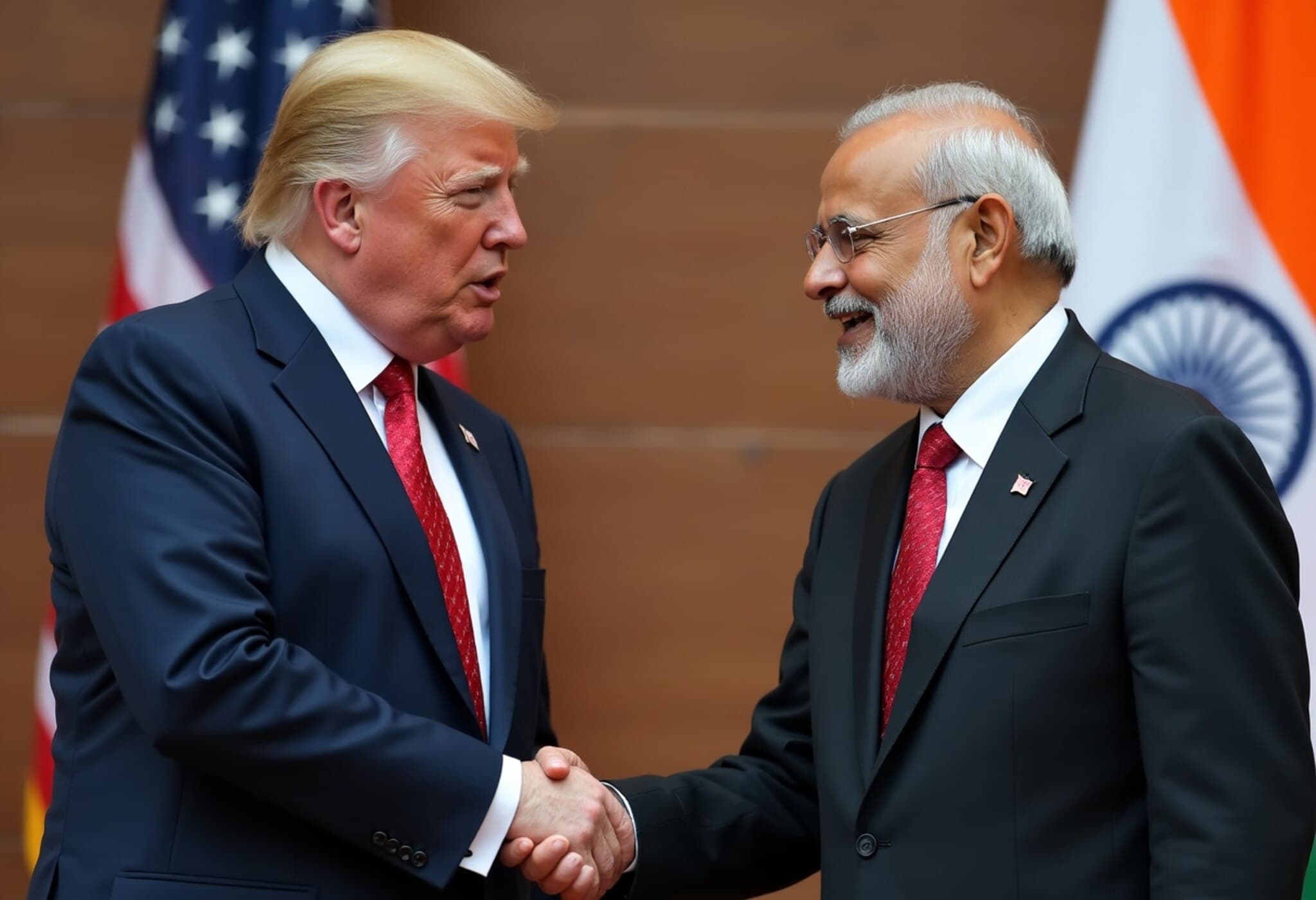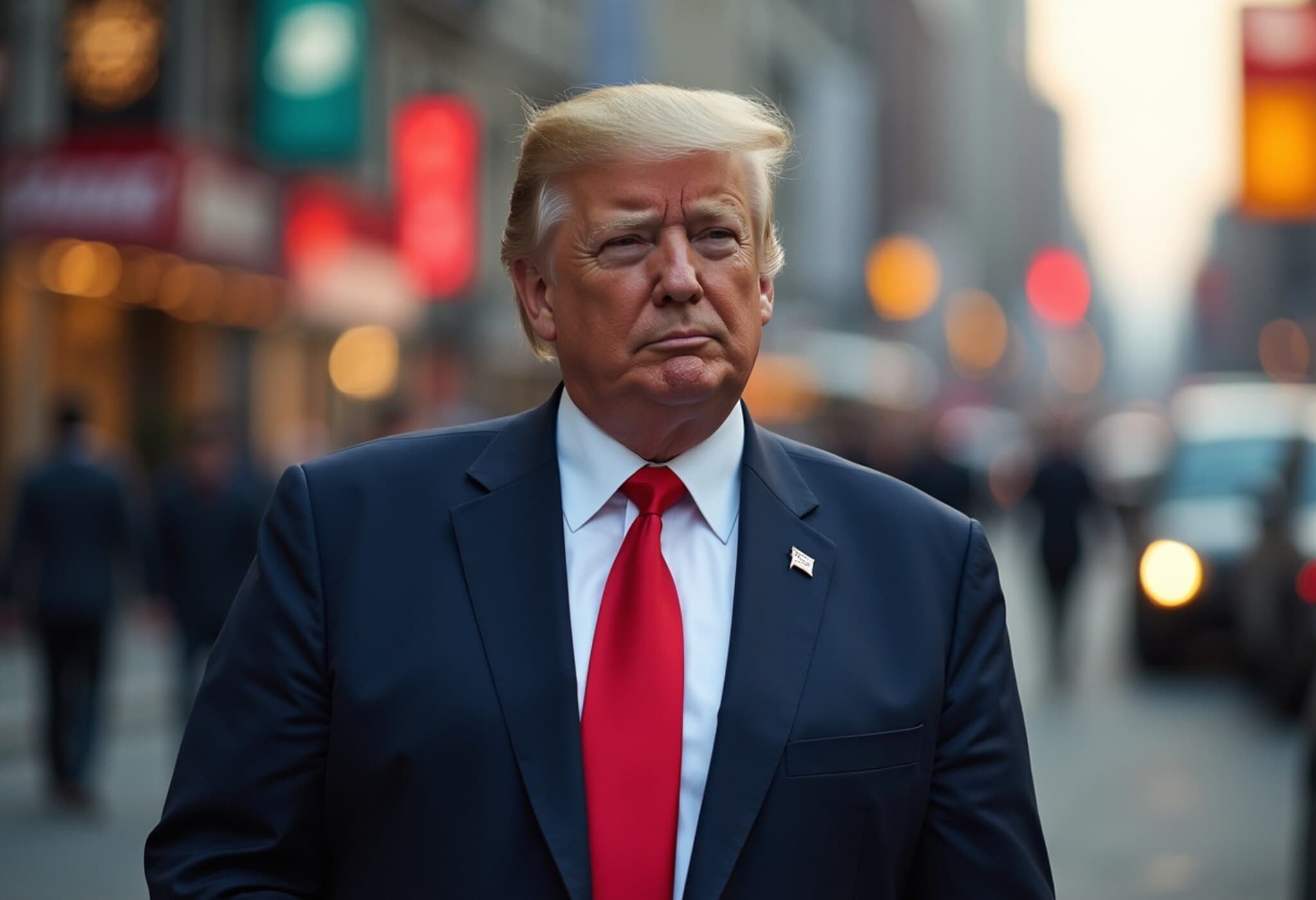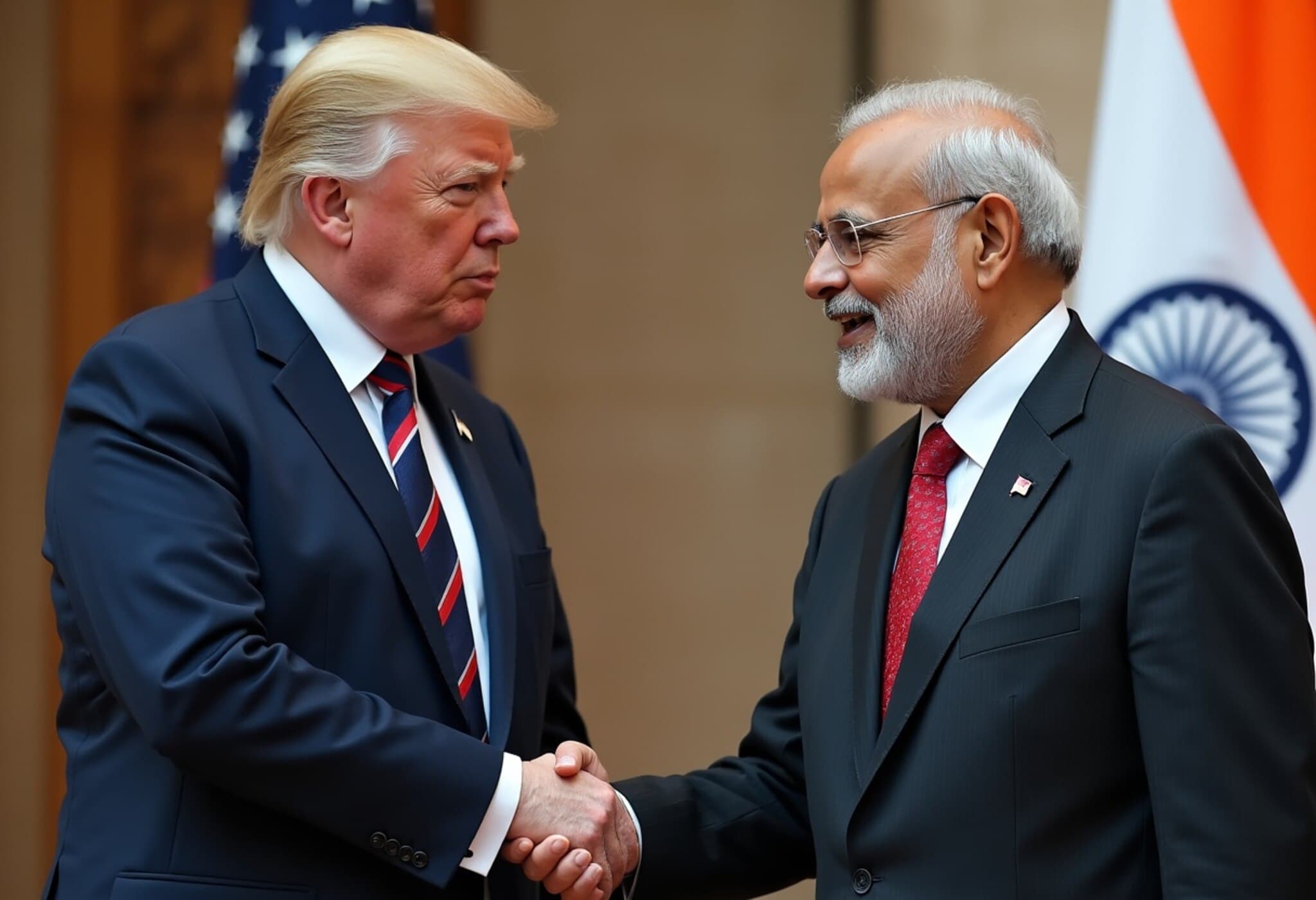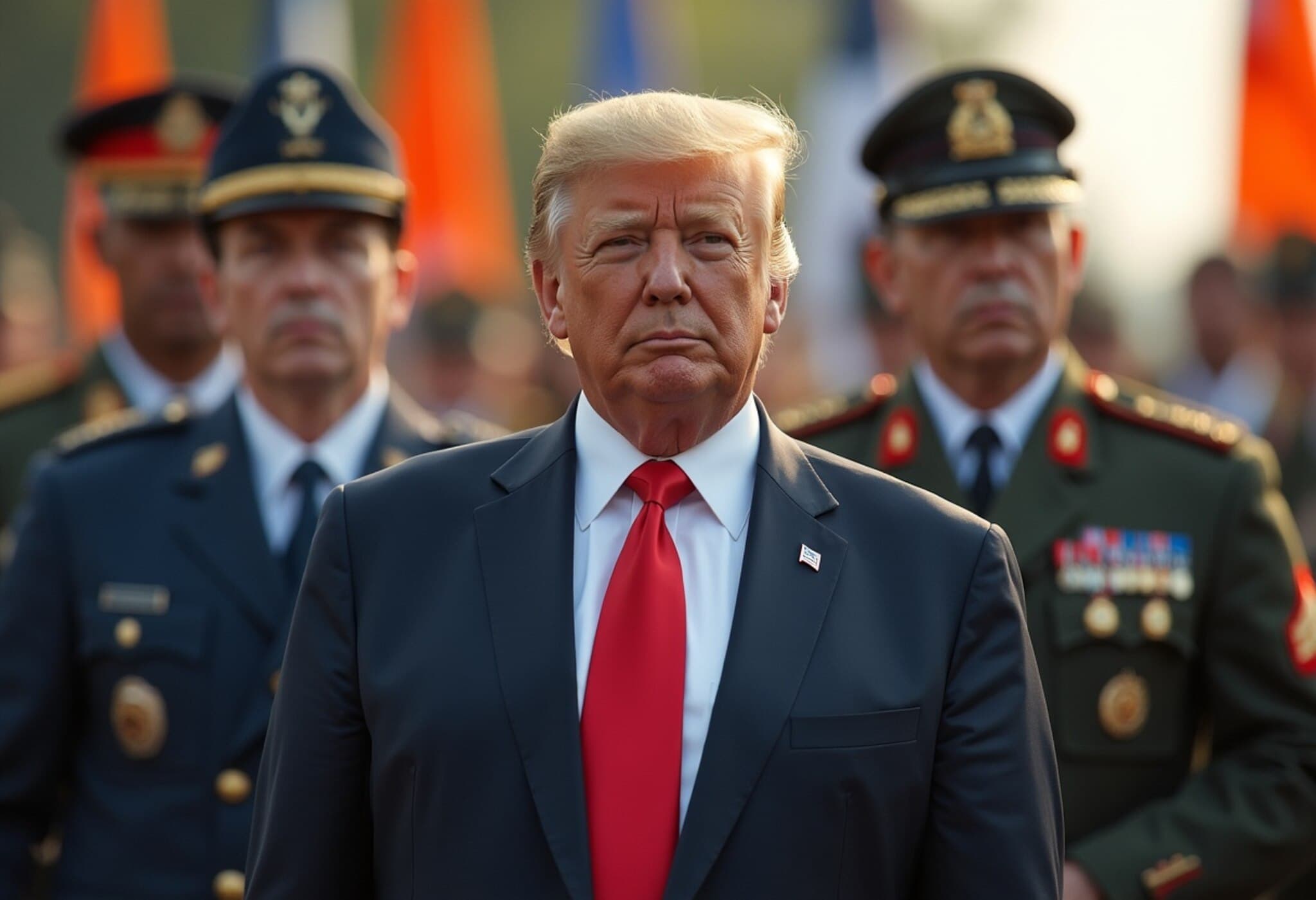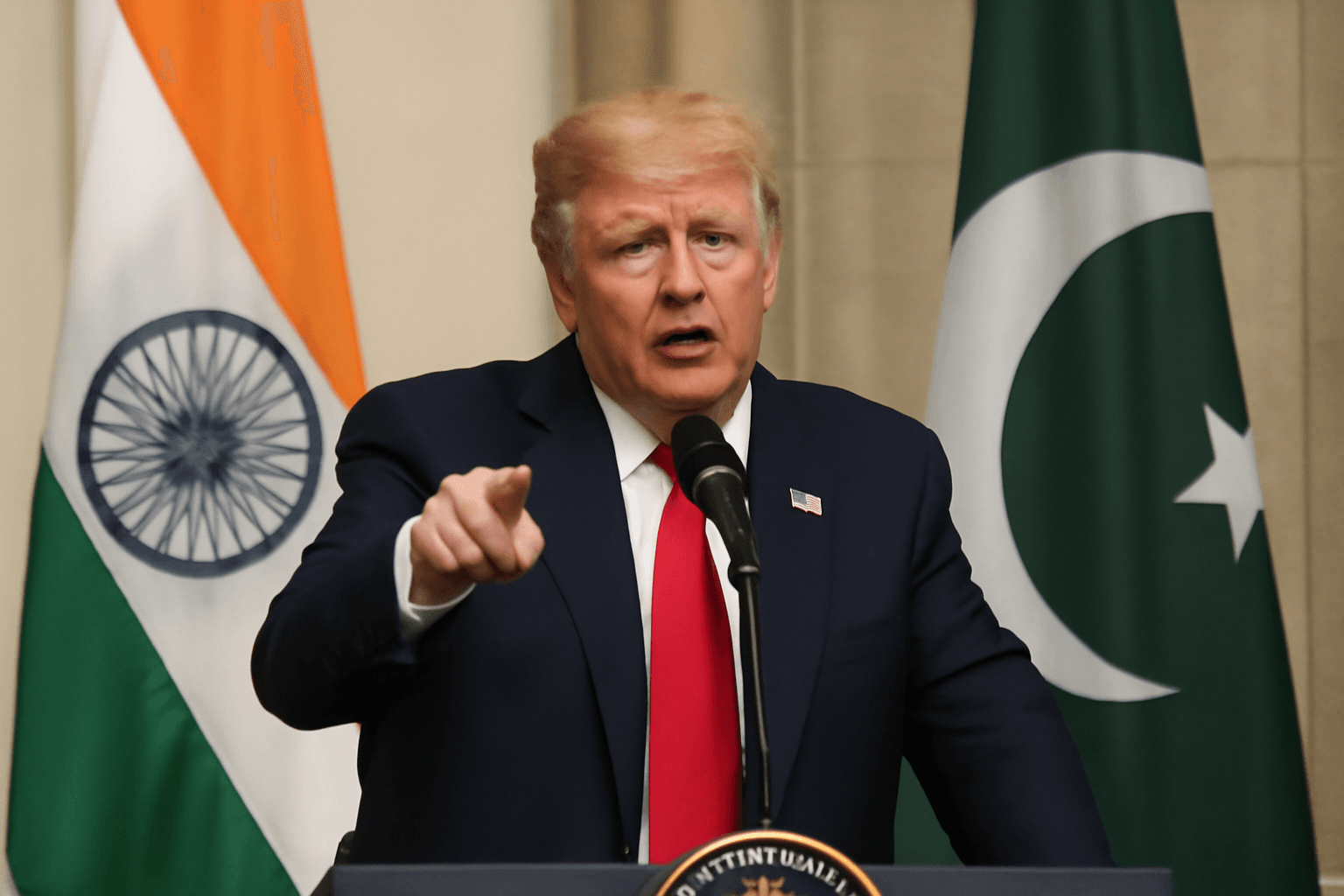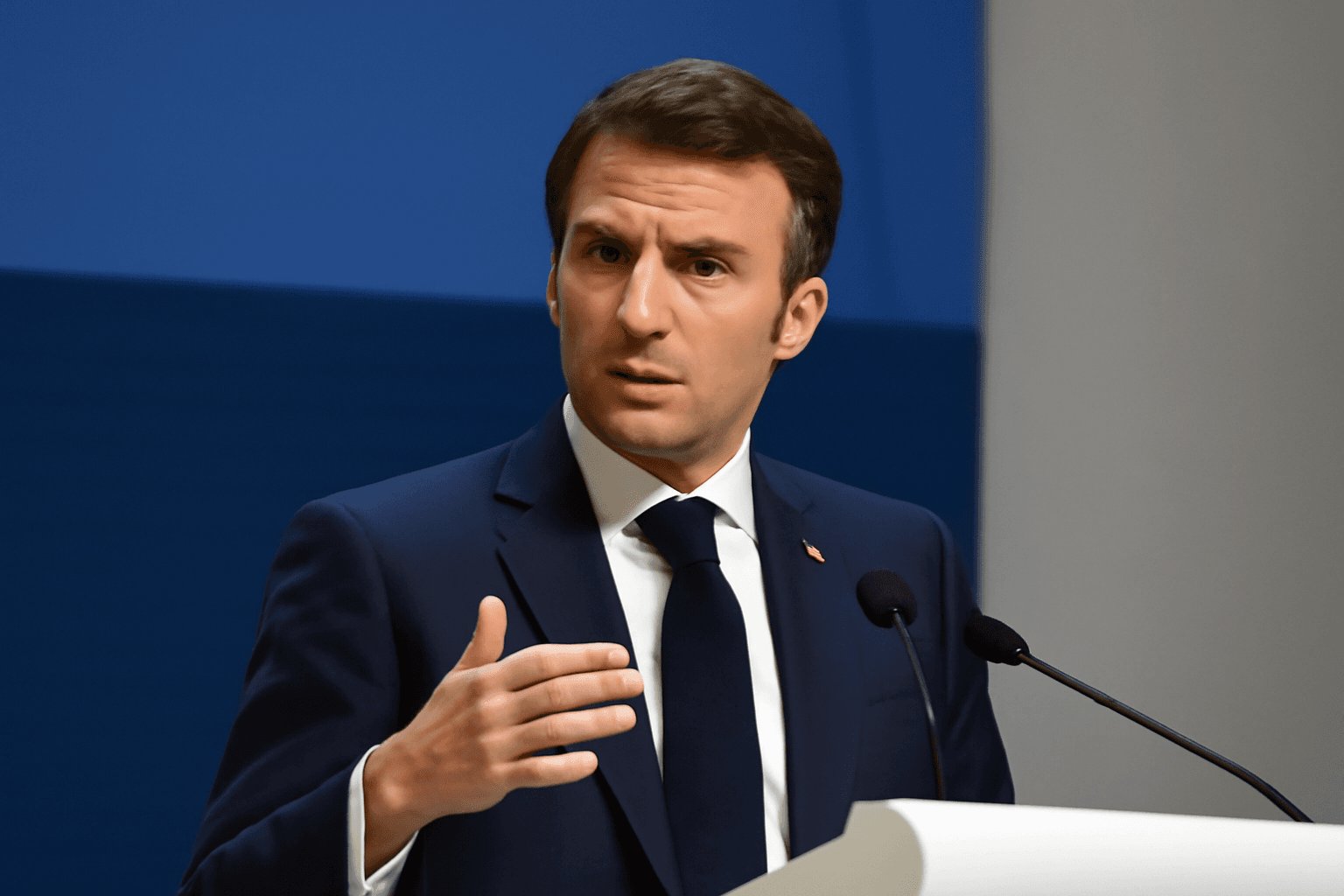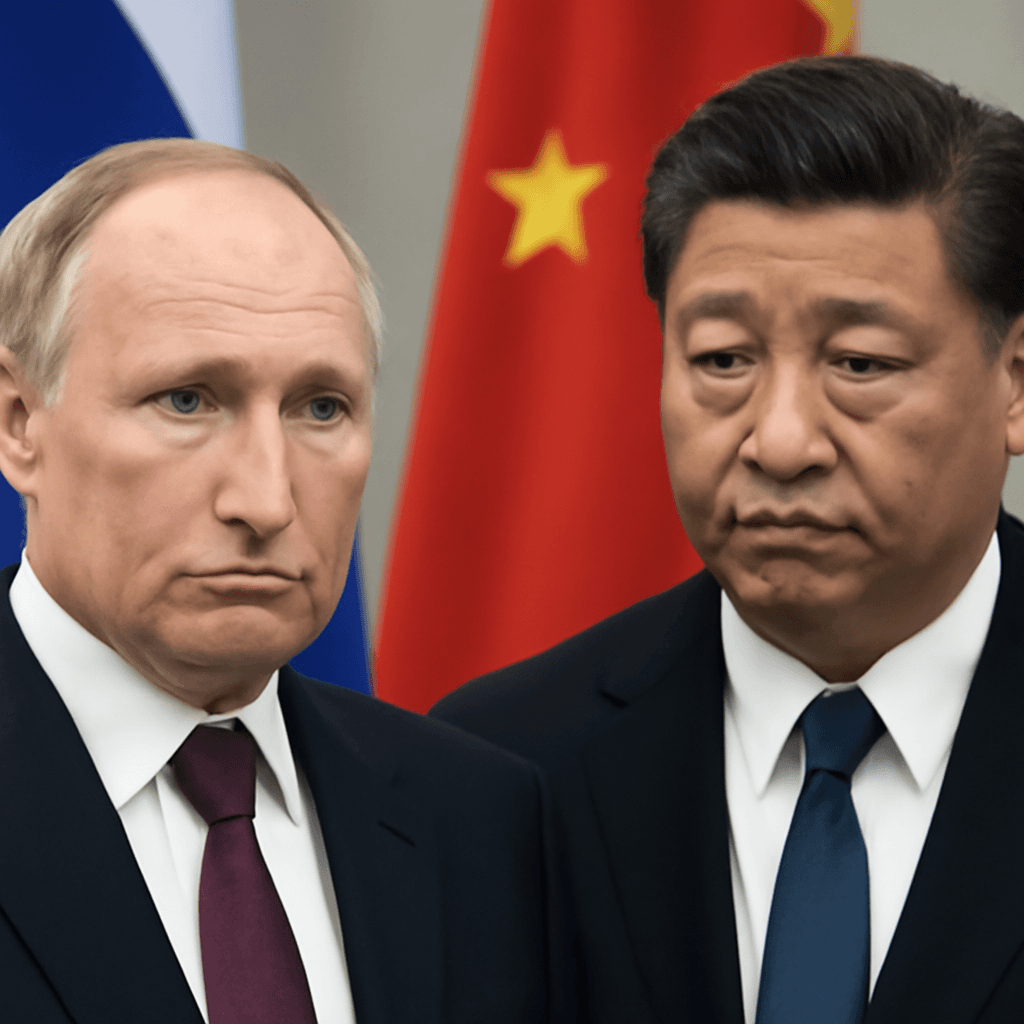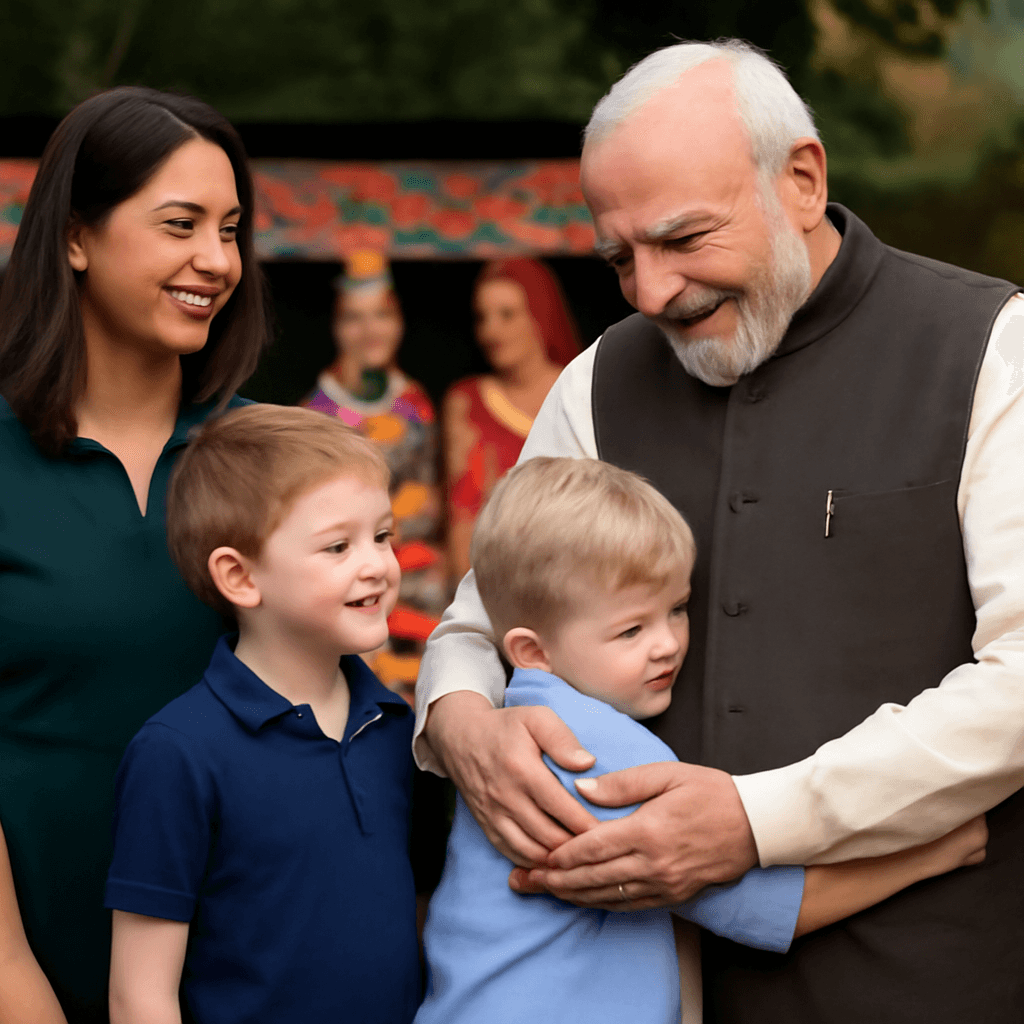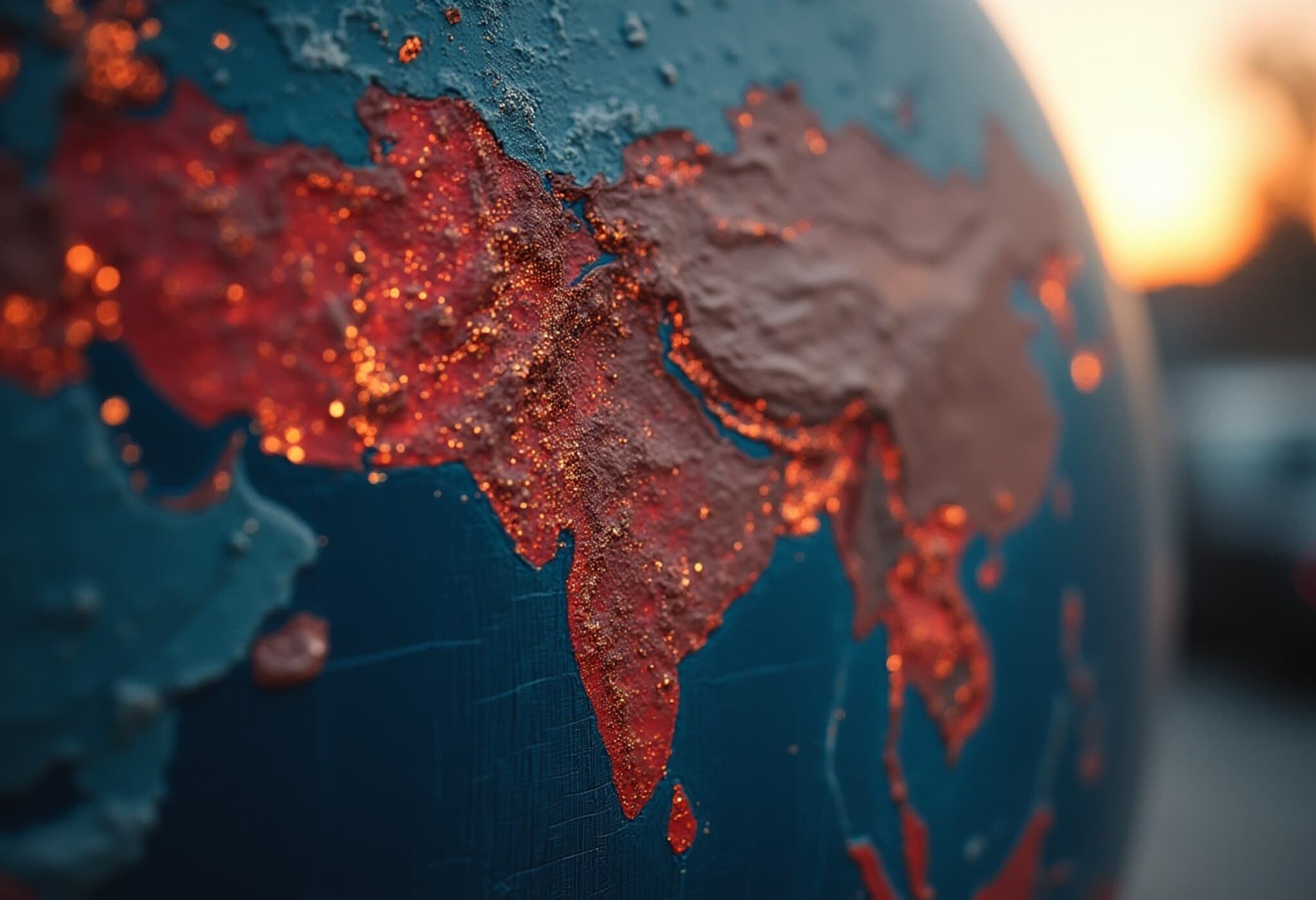From Diplomatic Warmth to Trade Tensions: The Evolving US-India Partnership
In early 2025, a warm handshake and bear hug between U.S. President Donald Trump and Indian Prime Minister Narendra Modi symbolized a hopeful dawn for enhanced cooperation. Yet, just six months later, that optimism has largely faded, eclipsed by tariff disputes and geopolitical friction that underscore the fragility beneath their strategic ties.
The Shift From Partnership to Tariff Conflict
During their February meeting, both leaders expressed enthusiasm about deepening bilateral trade and pledged to pursue an ambitious trade agreement. The goal was to double trade volumes to $500 billion by 2030. Vice President JD Vance even reported that consensus on trade terms was near, while Commerce Minister Piyush Goyal anticipated the advent of "preferential" tariffs that could unlock growth.
Yet, the narrative flipped dramatically. In August, President Trump labeled India the "tariff king" — a striking rebuke that came alongside threats of substantially increased tariffs on Indian goods. These actions included a 25% tariff hike and looming penalties related to India's oil purchases from Russia, which the U.S. claims indirectly fuel Moscow's war effort in Ukraine.
Expert Perspectives: India’s Response and Strategic Calculations
Former Singapore diplomat Bilahari Kausikan underscored India's longstanding principle of independent decision-making. He explained, "India is a country with a deep sense of self as an independent actor. It will never play deputy to any sheriff." He cautioned against oversimplifying India’s strategic orientation, emphasizing that despite recent tensions, India is unlikely to abandon its partnership with the U.S. by gravitating entirely toward China or Russia.
This nuanced view arises from historical context: although India leaned toward the Soviet Union during the Cold War, its relationship with the United States has significantly deepened during the administrations of Presidents George W. Bush and Barack Obama. A shared concern over China's rising influence has been the glue holding the partnership together, formalized in the 2023 elevation to a "Comprehensive and Global Strategic Partnership." India’s designation as a "major defense partner" since 2016 further cements this alignment.
Risks of a Rapprochement Unraveling
Evan Feigenbaum, Vice President of Studies at the Carnegie Endowment for International Peace, warns that recent U.S. actions could "unravel more than two decades of progress." Previously, despite differences—such as India's relationship with Russia and U.S. ties with Pakistan—both sides managed to compartmentalize these challenges. But today, "all bets are off," Feigenbaum stated, highlighting a dangerous erosion of trust.
India’s External Affairs Ministry sharply rejected accusations tied to its Russian oil imports, describing such criticisms as "unjustified and unreasonable" and pointing out the hypocrisy of Western countries continuing trade with Russia. This sentiment is echoed by many in New Delhi, who see the U.S. stance as unfair "blame shifting" for the West’s collective failure to end the Ukraine conflict.
Geopolitical Undercurrents: The China Factor and Regional Dynamics
The broader geopolitical context cannot be overlooked. India's strategic calculation includes careful balancing amidst increasing U.S. uncertainty and China's growing assertiveness. Nikki Haley, former U.S. ambassador to the United Nations, cautioned the U.S. administration against "burning a relationship with a strong ally like India," pointing to China’s preferential tariff treatment despite its close ties with Russia.
Trade Deal Prospects: A Rocky Road Ahead
With mutual trust fraying, progress on trade negotiations appears uncertain. Feigenbaum notes Indian public opinion and media are rallying around a narrative of resilience, rejecting perceived U.S. coercion. Former Indian Finance Secretary Subhash Garg advocated for India to absorb potential export losses and expand its markets domestically or through alternative trade partners, challenging American importers to shoulder tariff costs.
Conversely, voices like former Indian Labor Secretary Sumita Dawra bring cautious optimism. Dawra emphasized India’s robust domestic demand and highlighted parallel free trade negotiations with the United Kingdom and the European Union that promise new avenues for growth. "We're looking for a fair, mutually beneficial deal," she remarked, expressing confidence in the negotiators’ capabilities.
Conclusion: Navigating a Complex Bilateral Future
The evolving US-India relationship illustrates the delicate balance between strategic cooperation and economic friction. While ideological and geopolitical alignment remain strong, emerging trade disputes underscore the complexity of maintaining a robust partnership in a multipolar, highly competitive global environment.
Editor’s Note
This unfolding saga between two global powers highlights broader questions: How do nations balance sovereign interests with alliance commitments? Can economic frictions be compartmentalized to preserve strategic partnerships? As the US and India navigate these challenges, their trajectory will significantly shape not only their bilateral future but the larger Indo-Pacific security and economic architecture.

